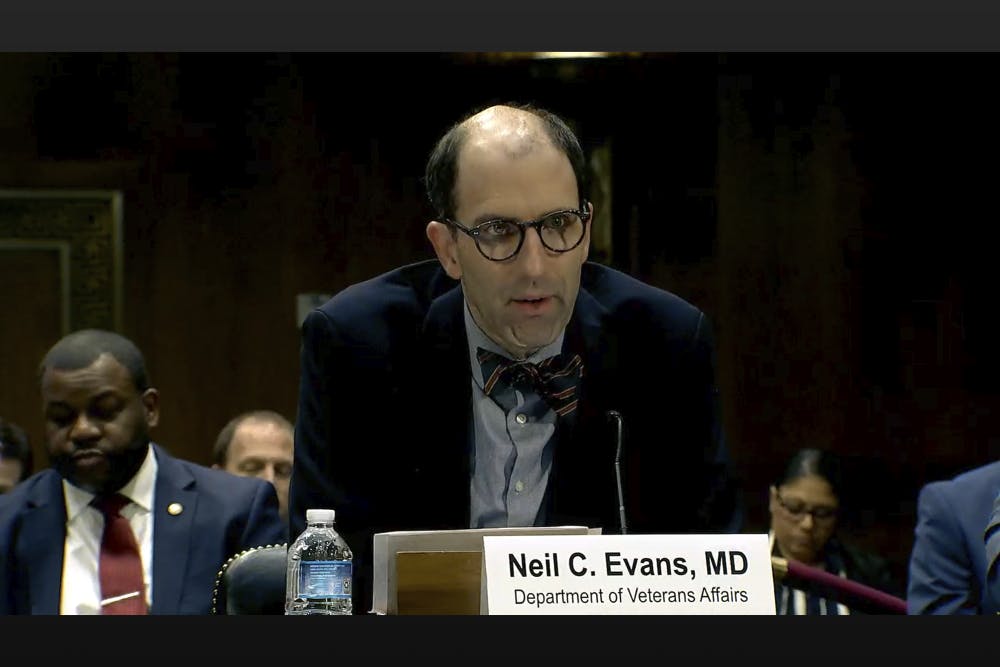18F Brings Responsive Approach to Acquisitions, Contracting
Modular contracting can allow federal agencies to move beyond a one-size-fits-all approach in software development and delivery.

With the federal government increasingly embracing modern approaches to software development like Agile and DevOps, acquisition specialists like those at General Services Administration’s 18F digital services agency see great benefits in applying more flexible contracting methods in order to improve product design and development in the long run.
Digital services leaders across government often see older and less agile contracting and acquisition methods as being disconnected with the more responsive development style that is needed, for example, to build websites and applications that help decrease wait times or deliver benefits with greater ease, or to implement automation functions that allow federal employees to perform their jobs more efficiently.
Leaders at 18F are encouraging the adoption of modular contracting, a style of contracting that improves the efficiency of product design and the development cycle by breaking larger up-front contracts into more specialized deliverables.
“The catalyst for 18F’s founding was due to the technological issues relating to the contracting and building of the healthcare.gov website. This high-profile project made the U.S. government realize that there had to be a new approach, not only to correct healthcare.gov, but also the many systems used across agencies every day that may not be taking advantage of new technologies and infrastructure available,” 18F Director of Acquisitions Ashley Owens told GovernmentCIO Media and Research.
While 18F is currently exploring some of the most promising uses of modular contracting yet implemented across government, the concept itself has been proposed in legislation spanning back to the 1990s. The most notable instance of this — and a primary inspiration for 18F’s work — is the Federal Acquisitions Reform Act of 1996, which describes modular contracting as “intended to reduce program risk and to incentivize contractor performance while meeting the government’s need for timely access to rapidly changing technology.”
But federal agencies have faced challenges in how to reconcile the demands of large projects with the more flexible approach required to test and iterate digital services. 18F has taken a forefront role in realizing the potential of more responsive contracting, focusing on a process that Owens described as “[breaking] up large, custom software procurements into a small constellation of smaller contracts as opposed to making a large, single procurement of these systems.”
A blog post on 18F’s website advocates that modular contracting leads to reduced risk, reduced vendor lock-in and quicker delivery of working software.
“We have seen a lot of positive change through implementing these practices, including a significant reduction in procurement lead times with an average of 60 days from formal solicitation to award,” Owens said.
Smaller and medium-sized vehicles allow agencies to bring in particular areas of specialization and to efficiently design user-friendly services. Notable among these successes was 18F’s partnership with the Department of Justice in creating the Civil Rights Reporting Portal, using an iterative design process to create a unified means of submitting civil rights complaints. DOJ continues to execute a series of modular contracts to help further refine the product.
In addition to integrating a modular approach, Owens also sees the creation of teams within agencies who’d be able to gauge vendor performance and coordinate more closely with private industry as essential for more efficient contracting.
“My top recommendation would be that the product owner would have an official role in government, with an accompanying position description. Having government personnel with real ownership, oversight and insight into what is being built and that can properly vet vendor performance is key to a successful partnership with industry. I would also recommend creating mini digital cross functional teams for technology acquisitions, as that would provide many efficiencies such as better vendor management and more streamlined procurement,” she said.
This is a carousel with manually rotating slides. Use Next and Previous buttons to navigate or jump to a slide with the slide dots
-

DOD Cyber Strategy to Adapt to New Budgets, Tech Innovation
Budgetary pressures spur innovation as department tackles aging infrastructure and evolving threats, says top cyber official.
4m read -

Federal Agencies Tout Tech in President Trump’s First 100 Days
Defense modernization and health care restructuring landed among some of the key IT highlights within the president's first few months.
6m read -

VA Plans to Rollout Its EHR in 'Waves,' Program Chief Says
VA takes a new approach to its electronic health record deployment, following a proposed $2 billion White House funding boost.
4m read -

Federal AI Infrastructure Requires a Smarter Foundation
Federal AI depends on a smarter infrastructure, from managing environmental impacts to improving data quality and workforce readiness.
4m read








